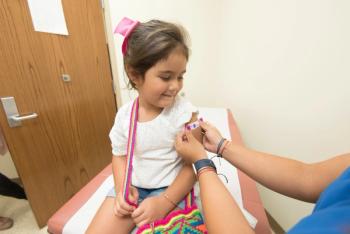
College Campuses Found to be COVID-19 Superspreaders
The first two weeks of instruction present a high-risk period for outbreaks.
The ongoing pandemic has presented extensive challenges for universities and colleges, as no proven strategies for reopening have been established. When many of them reopened in the fall, they experienced large-scale waves of infections and were soon after declared as new hotspots for the virus.
Data recently published in the journal
"It is becoming increasingly clear that these initial college outbreaks are unrelated to the national outbreak dynamics. Instead, they are independent local events driven by campus reopening and inviting students back to campus,” Ellen Kuhl, senior author on the study said.
Investigators used a new form of computer modeling, called SEIR (susceptible, exposed, infectious, and recovered), which employed the advanced assessment of real-time epidemiological data from COVID-19 outbreaks to see how the disease spread across campuses. Reports from 30 publicly available college dashboards were analyzed from across the United States throughout the fall of 2020 that reported numbers daily and had a total of more than 100 cases.
Findings showed that 17 of the campus outbreaks directly translated to peaks of infection in their home counties. 4 of the institutions had over 5,000 cases, with 1 in 5 of the students becoming infected with COVID-19. Incidence levels were shown to be 1,000 cases per 100,000 people per week within the first 2 weeks of classes, representing the peak of cases. This demonstrates that campuses are at a serious risk of developing an extreme incidence of the disease.
The campuses in the study continue aggressive test-trace-isolate strategies and are pursuing regular surveillance testing weekly, with some testing twice per week. The team behind the study believe that the methodology used, combined with the implementation of online learning, is the best way to prevent further spread of the disease.
"We anticipate that the most important aspect upon campus reopening within the coming weeks will be the human factor. Unfortunately, the fall term has shown that the best of all strategies can become meaningless if people do not follow the recommendations,” Kuhl said.
Newsletter
Stay ahead of emerging infectious disease threats with expert insights and breaking research. Subscribe now to get updates delivered straight to your inbox.


























































































































































































































































































































